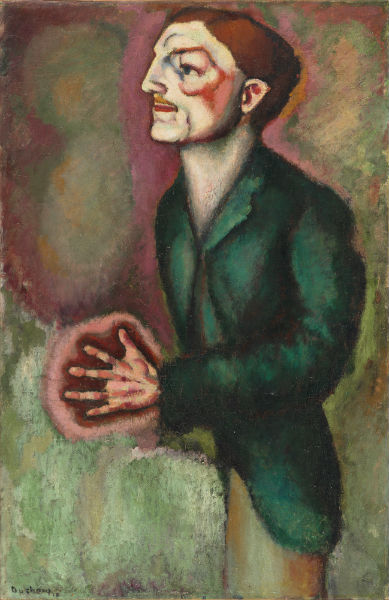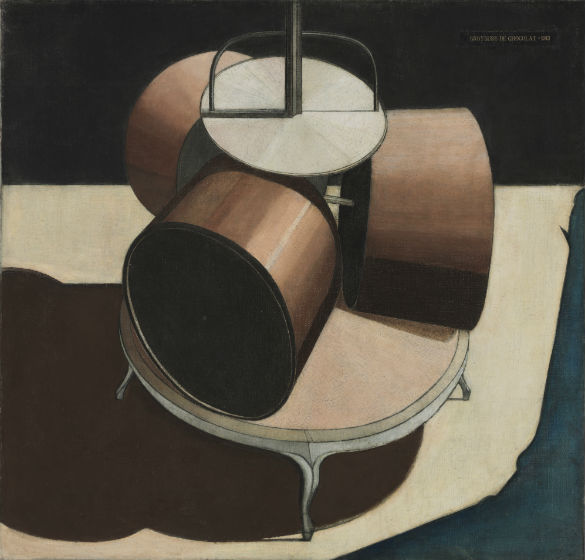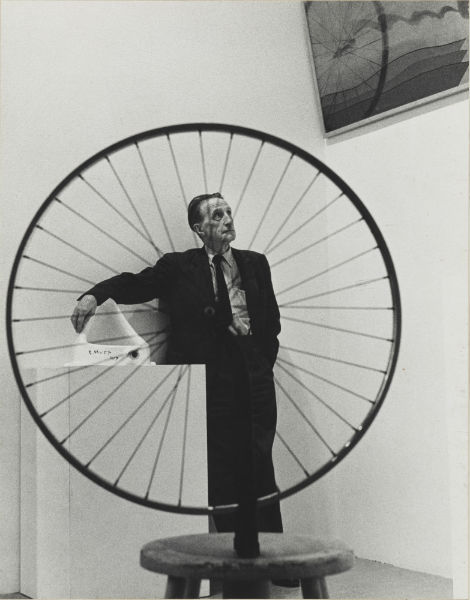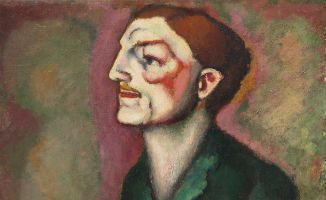
PHILADELPHIA – The Philadelphia Museum of Art is organizing the most comprehensive exhibition dedicated to the art and life of Marcel Duchamp ever to be seen in the Asia-Pacific region. From October 2 to Dec. 9, “The Essential Duchamp” will be presented at Tokyo National Museum in Japan before traveling to the National Museum of Modern and Contemporary Art in Seoul, Korea, and the Art Gallery of New South Wales in Sydney, Australia.
This exhibition will include about 150 works and related documentary materials spanning the artist’s six-decade career. They will be drawn from the Philadelphia Museum of Art’s definitive collection of works by Duchamp, as well as its incomparable library and archival holdings relating to the artist.
This major exhibition will offer a rich and engaging account of the fascinating life and influential work of one of the 20th century’s most original artistic figures. The opening of “The Essential Duchamp” in Tokyo will also mark the 50th anniversary of the artist’s death.
Timothy Rub, the museum’s director and CEO, notes: “The Philadelphia Museum of Art is uniquely suited to undertake this ambitious exhibition and delighted to share it with new audiences in East Asia and the Pacific. Since 1950, when Louise and Walter Arensberg donated their distinguished collection to the museum, it has been a destination for those interested in Duchamp’s work and has become an important center for the study of his creative process. These holdings constitute a legacy that is central to our understanding of modern art.”
The exhibition will include important early works that have never traveled to Japan, Korea or Australia, including Portrait of Dr. Dumouchel (1910), Sonata (1911), and Chocolate Grinder (No. 2) (1914), along with many other key works, among them Nude Descending a Staircase (No. 2) (1912). This was the painting that made Duchamp’s name when it was exhibited at the epochal Armory Show in New York in 1913 and it will be seen in Korea and Australia for the first time in “The Essential Duchamp.”

The exhibition will offer a chronological account of Duchamp’s life and art. The first section explores the period from 1902 through 1912, when he experimented with different avant-garde styles ranging from Impressionism to Symbolism and Fauvism. It concludes with his highly original engagement with Cubism and his life-changing decision at the age of 25 to abandon the painter’s craft and seek new ways of working.
The second section examines the crucial interval between 1912 and 1917 when Duchamp pushed past the boundaries of painting as conventionally understood. It was during these years that he generated the ideas for his magnum opus, The Bride Stripped Bare by Her Bachelors, Even (also known as The Large Glass) (1915-23), and then embarked upon its construction after moving to New York. At the same time, Duchamp also created the first of his so-called readymades. Functional objects, such as his infamous sculpture Fountain (1917), were divorced from their utilitarian purpose and designated – as opposed to made – by Duchamp as works of art.
The third section follows Duchamp in Paris during the decades of the 1920s and 1930s, then back to New York as an émigré during World War II. Early in this period, he resolved to shift his vocation from art to chess and went on to pursue chess with the commitment of a professional. At the same time, Duchamp invented a female persona named Rose Sélavy and used this identity to pursue new projects. Some of those works were experiments in word-play such as puns and verbal games. Others were mechanical contraptions based upon his long study of the principles of perspective and optics.
These activities dovetailed in Anemic Cinema, the short avant-garde film Duchamp produced in 1926 with the assistance of his frequent accomplice, the Philadelphia-born photographer Man Ray. By the mid-1930s, Duchamp became interested in the idea of revisiting his earlier and more recent works in the form of reproductions, resulting in the portable museum of miniatures titled From or by Marcel Duchamp or Rrose Sélavy (also known as Box in a Valise) (1935-41).

The last section explores the remaining decades of his life when Duchamp achieved legendary status in the art world. It reflects upon themes that had long preoccupied Duchamp, including the erotic as a doctrine, and the aesthetics of realism and illusion. The exhibition concludes with materials illuminating the production of his final work, a three-dimensional construction built around a life-sized mannequin of a female nude, Étant donnés. He created it in near-total secrecy in his New York studio between 1946 and 1966. Neither The Large Glass nor Étant donnés can travel for exhibition, but these works will be evoked by related pieces: Bride (1912) and Chocolate Grinder (No. 2) (1914) for The Large Glass, and a group of cast sculptures known as “erotic objects” for Étant donnés. In addition, these two major works will be represented digitally in the exhibition.
The exhibition will be accompanied by a richly illustrated book of the same title, published by the Philadelphia Museum of Art in association with Yale University Press (29.95; flexibound, 232 p.). It will be available for purchase in the Museum Store or online at philamuseum.org.
The Essential Duchamp was organized by the Philadelphia Museum of Art. The international tour has been made possible by the Terra Foundation for American Art.


